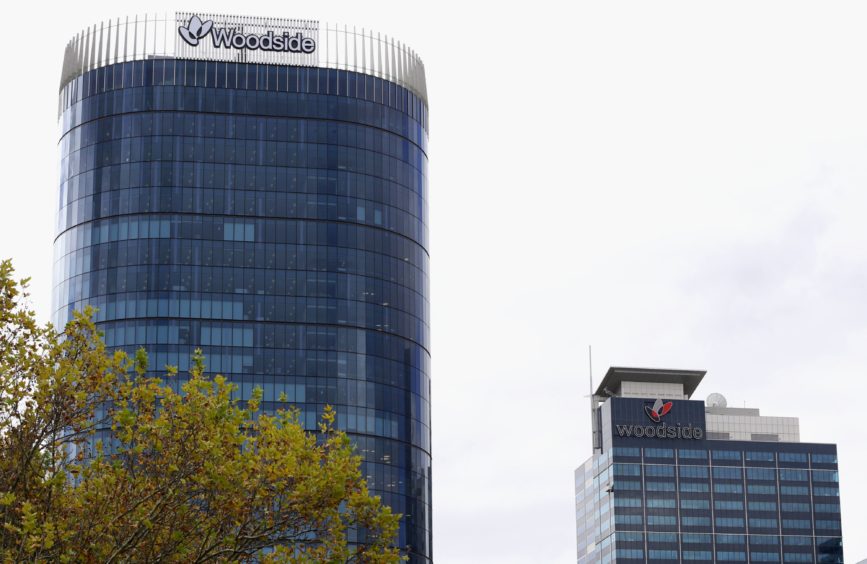
Shifting political dynamics in East Timor hint at a change in direction for the petroleum sector as Woodside values the country’s proposed Greater Sunrise project at zero.
Woodside Petroleum said the carrying value of the Greater Sunrise project off East Timor is expected to be zero following a US$170 million write down announced on 14 July 2020.
This reflects the increased uncertainty of regulatory conditions, fiscal terms and development concept, a spokesperson for the Perth-based company told Energy Voice.
The development of Greater Sunrise, which straddles Australian and East Timorese maritime borders, has stalled over the past decade as East Timor’s government insisted the gas be processed at a yet-to-be built LNG export facility on its shores. This development option was considered commercially unviable by Woodside and its joint venture partners.
International oil companies considered Greater Sunrise to be politically stranded and of negligible value after the maritime boundary negotiations with Australia in 2018, in which the Timorese refused to agree to a development concept that would have used the field’s estimated 142 billion cubic metres of gas to backfill Australia’s existing Darwin LNG export plant in the early 2020s. Shell and ConocoPhillips subsequently agreed to sell their shares in Greater Sunrise to East Timor, leaving Woodside as the operator and Osaka Gas as a minority shareholder.
After buying out Shell and ConocoPhillips’s equity for a total of US$650 million in April 2019, East Timor holds a 56.56% majority share in Sunrise. Xanana Gusmao, the country’s de facto power broker at that time, hoped the buyout would put more impetus behind its plans to build a greenfield onshore LNG export facility on its south coast to monetise the gas.
Ironically, East Timor caused the value of the field to be devalued by making it extremely difficult to develop, but then paid full price to Shell and ConocoPhillips for their equity.
However, in recent months the political dynamics have shifted in East Timor. In early July, East Timor’s cabinet approved the dismissal of the national oil company’s founding chief executive, Francisco Monteiro. Monteiro, who headed TimorGAP for just under 10 years, was Gusmao’s lead man for the petroleum sector and the architect behind the push to develop Sunrise in East Timor. The Sunrise project was the centrepiece of East Timor’s strategic development plan formulated in 2011 by Gusmao and his political party National Congress for Timorese Reconstruction (CNRT).
But, Gusmao, who is a revered independence icon after successfully fighting Indonesia’s bloody occupation of East Timor, is slowly being defanged. “His record as de facto and real boss in government has not been great and the war fades into the distance as each year passes,” a political observer told Energy Voice.
Gusmao, a towering figure of Timorese politics who has served as president and prime minister in the past, is now part of the political opposition following the breakup of his ruling coalition earlier this year. Since then, the Council of Ministers has had all of Gusmao’s stalwarts ejected and replaced by members of the ruling coalition led by the Fretilin party.
Alfredo Pires, the long-standing former minister for petroleum and mining, who helped orchestrate Gusmao’s grand plans for the development of Sunrise in East Timor, has also been side lined.
The government has appointed Victor Soares as the new minister for petroleum and mining.
Following Monteiro’s removal from TimorGAP, Soares appointed the NOC’s vice president Antonio de Sousa to replace him as president. Soares said that the change in leadership aims to achieve a more efficient and effective management that is aligned with the government’s new strategic vision for the petroleum sector. Although it is not exactly clear what the new vision is just now.
Hopefully, a more pragmatic approach will be taken towards petroleum development, rather than doggedly pursuing a development plan for Greater Sunrise, which is not considered economic by investors or independent analysts.
Woodside insists it will not invest in any LNG export infrastructure onshore East Timor as it is considered commercially unviable. The Australian operator has said it may invest in the project’s upstream section only, leaving East Timor to finance the onshore export plant and pipelines.
Following the ratification of the new Timor Treaty last year, negotiations between the Australian and East Timorese governments and the Woodside-led Sunrise join venture on the new Greater Sunrise production-sharing contract (PSC) are ongoing.
Woodside has indicated that it could first develop the field’s large liquids resources after 2027, leaving the gas to be produced through an onshore LNG export facility at a later date. Crucially, a new PSC will need to be agreed before any progress on this option can be made.
Ultimately, Gusmao and Monteiro’s vision for an LNG export facility to process the gas in East Timor, known as Timor LNG (TLNG) remains inherently risky and seems unlikely to start up before 2030, if ever. Indeed, now would be an opportune time to review their strategy, which has arguably failed.
Industry observers believe the most likely development option for Greater Sunrise gas will be as backfill for the Ichthys LNG plant or as supply for a second liquefaction train at Darwin LNG in northern Australia post 2030.